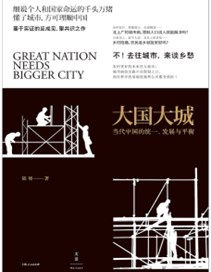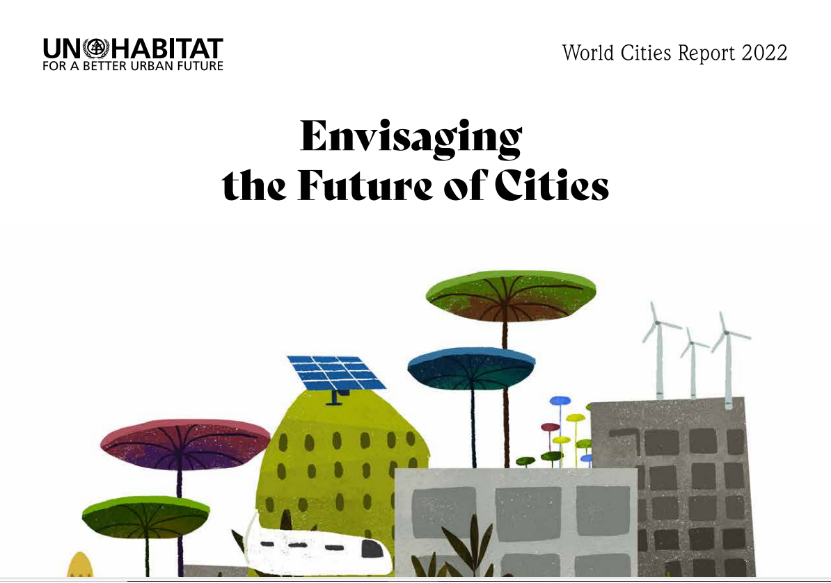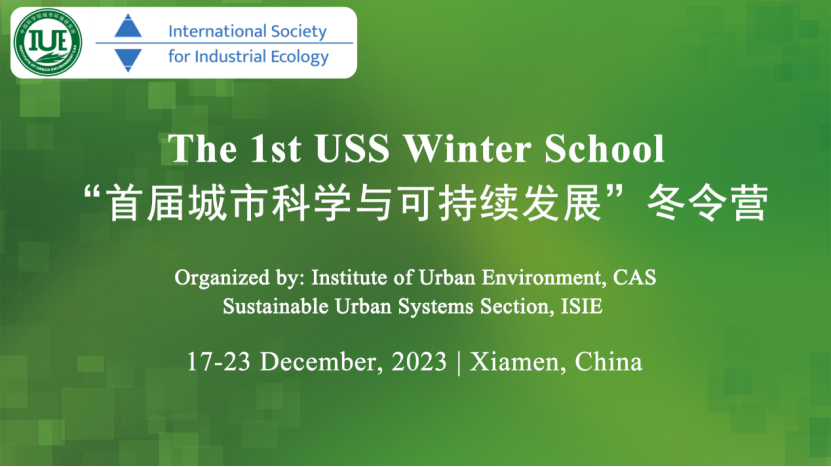Review of Great State Needs Bigger City
Xiaomei Jian
The book addresses the pressing issues in China’s current urban and rural economic development. Skyrocketing housing prices, pervasive smog, and traffic congestion; the plight of empty-nest elderly, left-behind children, and migrant workers—China’s urbanization process is only halfway through, yet the ailments of large cities and the hidden pains of rural areas have already become focal points of concern. Can restricting population inflow into large cities and encouraging migrant workers to return to their hometowns solve these problems? No! The author compares global experiences, stands on local realities, and, based on empirical evidence, strongly advocates for the importance of developing large cities in China. Social problems should be alleviated, not obstructed. Only by allowing the market to fully play its role in regulating production factors, including labor, can we fundamentally address the current thorny social issues. The role of the government is not to compete with the market but to step in where the market falls silent, planning scientific infrastructure with a long-term perspective and providing public services. This book shows that only through the concentration of economic development can equilibrium be achieved, and only by pursuing equilibrium in per capita GDP instead of regional GDP can a nation fully harness its competitive power and enhance the public interest for all citizens.
The book Great State Needs Bigger City provides a thorough analysis of the complexities of China's urbanization process, using a global perspective and local data, along with insights from economic, social, and environmental disciplines. It explores how China can address economic challenges and regional disparities and offers practical policy recommendations.
The book begins by exploring how China can avoid economic pitfalls like those faced by Europe, particularly the lessons from the 2015 Greek debt crisis. Despite China's advantages in taxation and risk-sharing, issues like high governance costs and market fragmentation persist. Professor Lu highlights that economic imbalances, restricted labor mobility, and low urbanization levels have severely affected economic efficiency. He disputes the notion that population agglomeration inevitably leads to regional disparities and argues that government regulation is not effective in mitigating these issues. Instead, he advocates for free migration to foster regional economic specialization and cooperation, which can help reduce regional gaps.
The book also examines the "impossible trinity" in the great state's economic development—balancing economic resources and population distribution through administrative intervention. Professor Lu contends that achieving these goals is extremely difficult, and government intervention may lead to inefficiencies and market segmentation. He advocates for market-driven urbanization rather than relying solely on administrative measures to avoid worsening the burdens on underdeveloped regions and to enhance resource allocation efficiency.
Furthermore, the book addresses the negative impact of local officials' short-term performance focus on sustainable economic development. Professor Lu emphasizes the importance of efficient public investment, free population movement, and moderate fiscal transfers for equitable development. He criticizes the current local government strategy of capital-intensive enterprises, which has led to industrial homogenization and local protectionism. Policies should instead prioritize human capital investment and educational equity to promote fair and sustainable economic growth.
In analyzing the vitality and challenges of large cities, Professor Lu acknowledges that high housing prices are a cost. Still, the vitality of large cities depends on balancing high- and low-skill labor. He suggests coordinating land and household registration system reforms to improve land use efficiency and address service deficiencies and environmental issues from urban expansion. Scientific urban planning and infrastructure development can effectively tackle these issues, and large city-scale effects can help reduce per capita pollution.
Finally, Professor Lu explores global trends in China's urbanization, advocating for policies that align with market principles. The book assesses various urbanization models' strengths and weaknesses and proposes solutions to "urban ailments," arguing that technological and managerial improvements are more effective than population controls. Addressing slum issues requires creating job opportunities and providing equitable social security.
Overall, Great State Needs Bigger City offers an in-depth understanding of urban development in China. Professor Lu challenges the concept of regional balanced development, advocates for per capita balance within agglomerations, and provides valuable insights into China's urbanization future.




